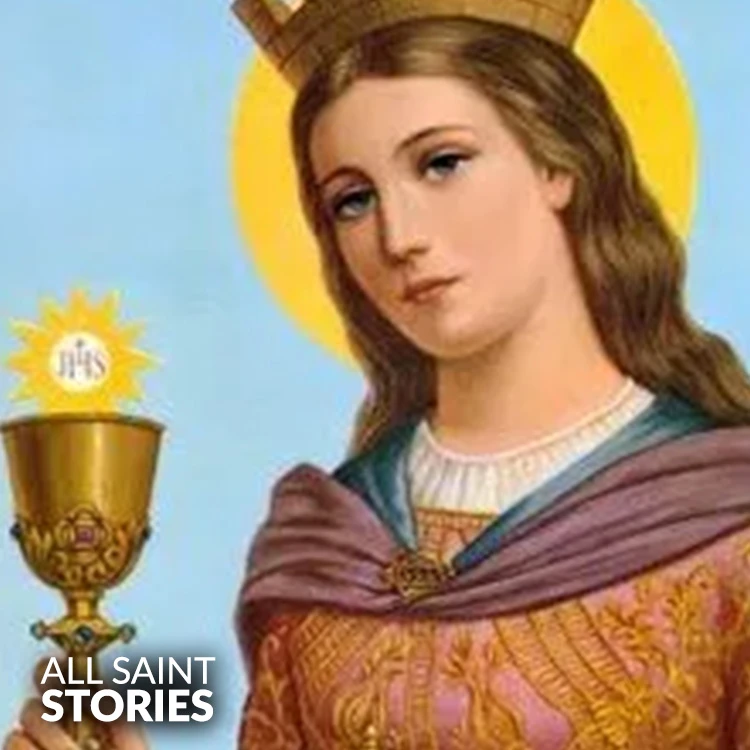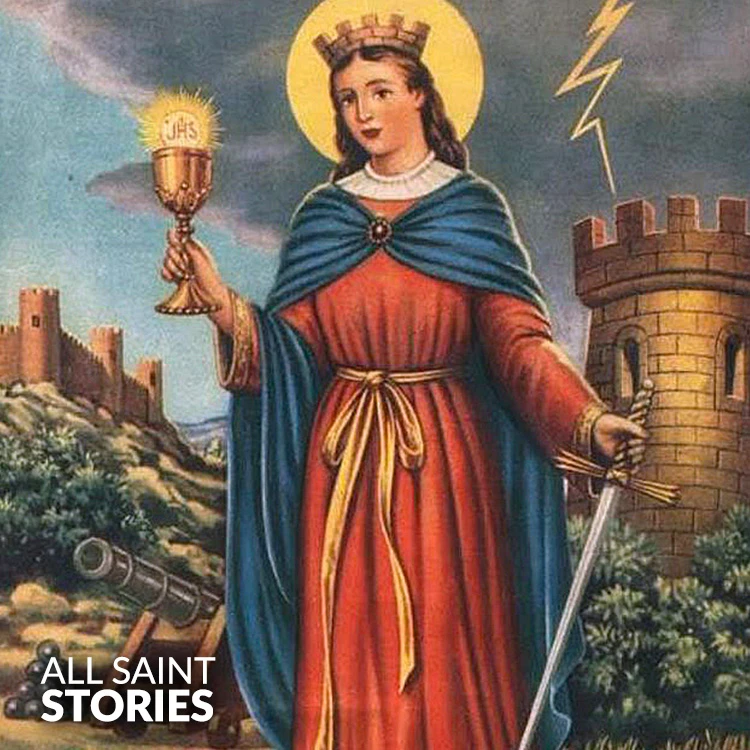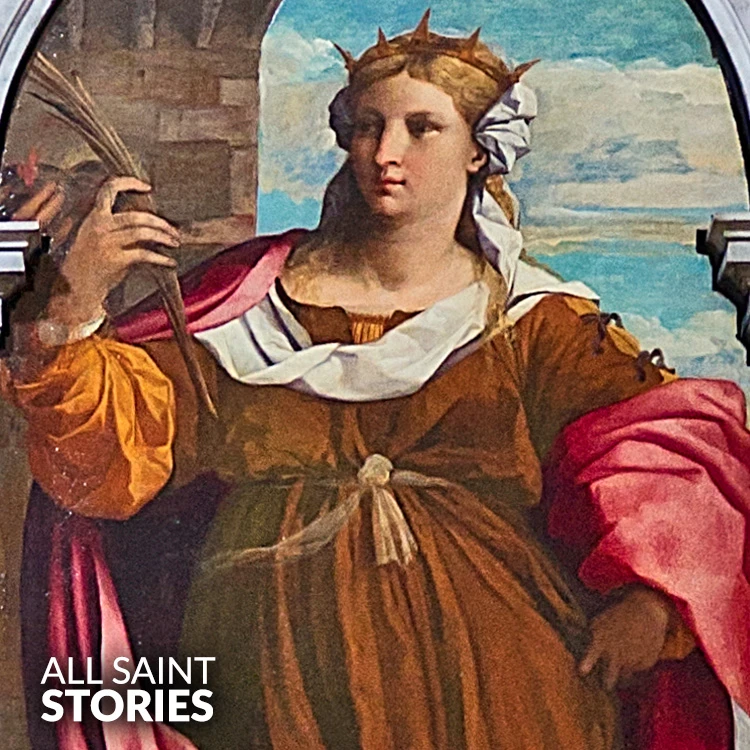St. Barbara, mighty protector, You who endured trials with faith and courage, Intercede for us in times of danger and distress. Keep us safe from all harm, And lead us toward the light of God's love. May your example of strength and devotion Inspire us to trust in God's will. Amen.
ST. BARBARA
ST. BARBARA

St. Barbara was a Christian martyr of the early Church, venerated for her deep faith and courage. She is the patron saint of artillerymen, miners, and those who face sudden death.
St. Barbara of Nicomedia is a legendary early Christian martyr whose story has inspired centuries of devotion, though her historical details remain somewhat obscured. She is believed to have lived during the late 3rd century in Nicomedia (modern-day Turkey), at a time when Christians were persecuted under the Roman Empire.
According to tradition, Barbara was the daughter of a wealthy pagan named Dioscorus. Because of her beauty and intellect, he confined her in a tower to protect her from the outside world. While imprisoned, Barbara studied philosophy and secretly converted to Christianity. She rejected several marriage proposals arranged by her father, choosing instead a life of consecrated virginity and faith in Christ.
Her father, upon discovering her conversion, was enraged and denounced her to the Roman authorities. Barbara was brutally tortured and beaten, yet she refused to renounce her Christian faith. Eventually, she was sentenced to death by beheading—an execution said to have been carried out by her own father. According to legend, as he descended from the mountain where she was killed, Dioscorus was struck by lightning and killed, a sign of divine justice.
Despite questions about the precise historical accuracy of her life, St. Barbara’s veneration spread quickly throughout the Christian world. She became widely known in both the Eastern and Western Churches and is mentioned in martyrologies as early as the 7th century.
She is particularly invoked against lightning, fire, and sudden death, and is the patron saint of artillerymen, miners, architects, and those in danger of storms or explosions. Many military chapels and engineering corps honor her legacy, especially those associated with explosives and dangerous labor.
Though her feast was removed from the General Roman Calendar in 1969 due to doubts about her historicity, she remains a powerful and beloved figure in Catholic, Eastern Orthodox, and Coptic Christian traditions.
Video Not Found
The information on this website is compiled from various trusted sources. While we aim for accuracy, some details may be incomplete or contain discrepancies.
If you notice any errors or have additional information about this saint, please use the form on the left to share your suggestions. Your input helps us improve and maintain reliable content for everyone.
All submissions are reviewed carefully, and your personal details will remain confidential. Thank you for contributing to the accuracy and value of this resource.
Credits & Acknowledgments
- Anudina Visudhar (Malayalam) – Life of Saints for Everyday
by Msgr. Thomas Moothedan, M.A., D.D. - Saint Companions for Each Day
by A. J. M. Mausolfe & J. K. Mausolfe - US Catholic (Faith in Real Life) – Informational articles
- Wikipedia – General reference content and images
- Anastpaul.com – Saint images and reflections
- Pravachaka Sabdam (Malayalam) – Saint-related content and insights
We sincerely thank these authors and platforms for their valuable contributions. If we have unintentionally missed any attribution, please notify us, and we will make the correction promptly.
If you have any suggestion about ST. BARBARA
Your suggestion will help improve the information about this saint. Your details will not be disclosed anywhere.
© 2025 Copyright @ www.allsaintstories.com




 English
English
 Italian
Italian
 French
French
 Spanish
Spanish
 Malayalam
Malayalam
 Russian
Russian
 Korean
Korean
 Sinhala
Sinhala
 Japanese
Japanese
 Arabic
Arabic
 Portuguese
Portuguese
 Bantu
Bantu
 Greek
Greek
 German
German
 Dutch
Dutch
 Filipino
Filipino